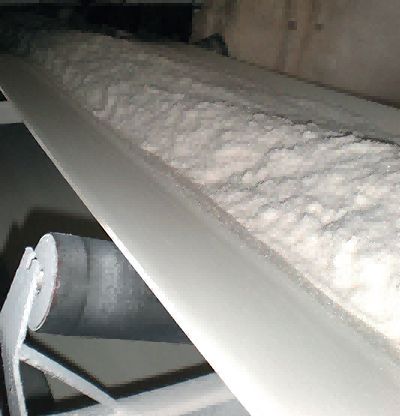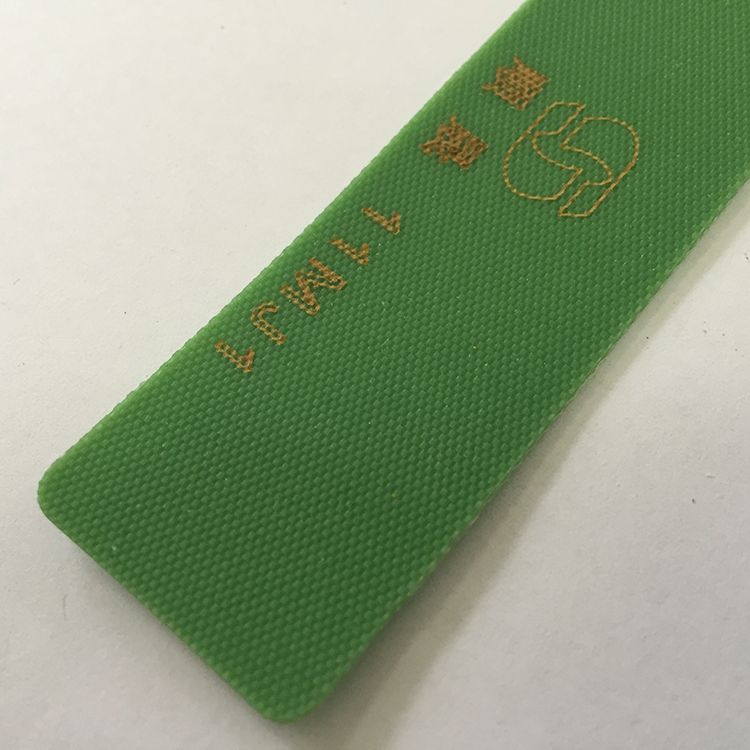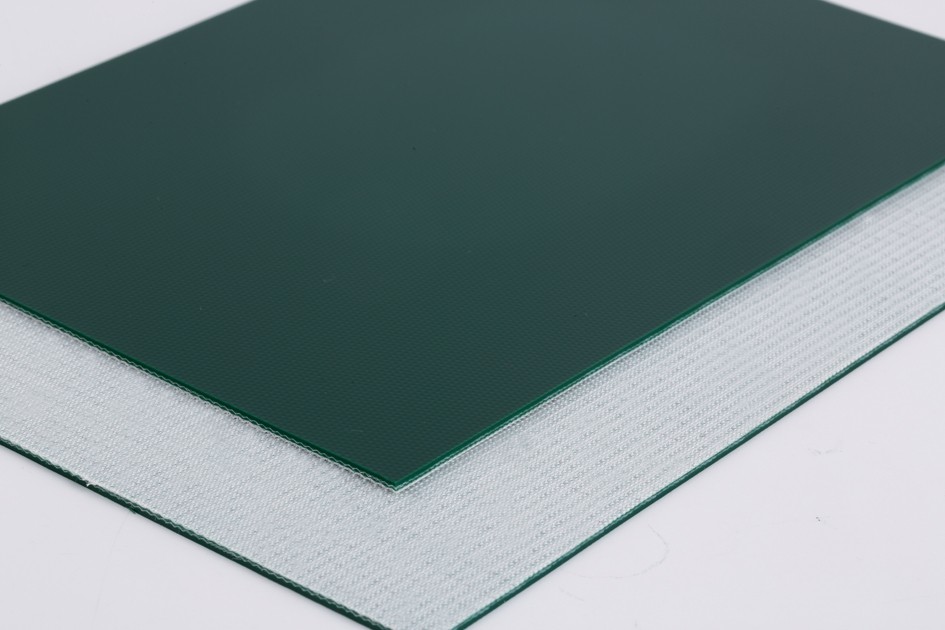Introduction
In an era marked by growing environmental awareness and a heightened focus on sustainability, businesses across industries are increasingly prioritizing eco-friendly procurement practices. One crucial aspect of this endeavor is the careful selection of suppliers for essential products, such as green PVC belts. These belts, commonly used in various industrial and commercial applications, offer durability and reliability while also posing environmental challenges due to the nature of their materials. In this comprehensive guide, we will explore the intricacies of assessing the sustainability and environmental impact of green PVC belt suppliers, equipping businesses with the knowledge needed to make informed decisions that align with their sustainability goals.

Understanding Sustainability and Environmental Impact
Before delving into the evaluation process, it’s essential to establish a clear understanding of sustainability and environmental impact. Sustainability, in its simplest form, refers to the ability to meet the needs of the present without compromising the ability of future generations to meet their own needs. It encompasses not only environmental considerations but also social and economic dimensions. Environmental impact, on the other hand, refers to the effects of human activities on the environment, including resource depletion, pollution, and habitat destruction. By assessing these factors, businesses can ensure that their procurement practices contribute to a more sustainable and environmentally responsible future.
Key Factors to Consider
- Materials Used
Green PVC belts are typically made from polyvinyl chloride (PVC), a versatile and durable synthetic material. However, PVC production and disposal can pose significant environmental challenges, primarily due to the release of toxic chemicals such as phthalates and dioxins. When evaluating green PVC belt suppliers, it’s crucial to inquire about the materials they use and any efforts to mitigate the environmental impact of PVC production. Some suppliers may utilize PVC alternatives or incorporate additives designed to enhance sustainability, such as bio-based plasticizers or recycled content. By opting for suppliers that prioritize sustainable materials and production processes, businesses can minimize their environmental footprint while still meeting their operational needs.
- Manufacturing Processes
The manufacturing process of green PVC belts plays a crucial role in determining their overall environmental impact. Factors such as energy consumption, waste generation, and emissions must be carefully considered when evaluating suppliers. Look for suppliers that prioritize energy efficiency, waste reduction, and emissions control in their manufacturing facilities. Additionally, inquire about any certifications or standards that suppliers adhere to, such as ISO 14001 for environmental management systems or RoHS compliance for restricting hazardous substances. By partnering with suppliers that employ environmentally responsible manufacturing practices, businesses can contribute to a more sustainable supply chain.
- Certifications and Standards
Reputable green PVC belt suppliers often adhere to various certifications and standards that demonstrate their commitment to sustainability. These may include certifications from recognized sustainability organizations or compliance with industry-specific standards such as the Restriction of Hazardous Substances (RoHS) directive. Additionally, suppliers may implement environmental management systems certified to ISO 14001 standards, which provide a framework for continuous improvement in environmental performance. By selecting suppliers with relevant certifications and standards, businesses can be confident in the environmental credentials of their green PVC belt suppliers.
Supply Chain Transparency
Transparency throughout the supply chain is essential for assessing the sustainability of green PVC belt suppliers. Businesses should inquire about suppliers’ sourcing practices to ensure they prioritize ethical and sustainable procurement of raw materials. Additionally, consider factors such as transportation methods and logistics to minimize the environmental impact of product distribution. By fostering transparency and accountability throughout the supply chain, businesses can identify and address potential environmental risks and opportunities.
Product Lifespan and End-of-Life Management
The lifespan and disposal of green PVC belts are crucial considerations in evaluating their environmental impact. Assess the durability and longevity of belts to determine their overall sustainability. Additionally, inquire about suppliers’ end-of-life management practices, including options for recycling or environmentally responsible disposal. Embracing circular economy principles ensures that products are designed with sustainability throughout their lifecycle, from production to disposal. By partnering with suppliers that prioritize product longevity and responsible end-of-life management, businesses can minimize waste and maximize resource efficiency.
Case Studies or Examples
Examining real-world examples can provide valuable insights into the sustainability efforts of green PVC belt suppliers. Case studies highlight the initiatives and best practices adopted by leading suppliers to minimize their environmental impact. For example, a supplier may invest in renewable energy sources to power its manufacturing facilities or implement closed-loop recycling systems to reduce waste. By analyzing different suppliers’ approaches to sustainability, businesses can identify industry leaders and learn from their experiences.
Tools and Resources for Assessment
Several tools and resources are available to assist businesses in assessing the sustainability and environmental impact of green PVC belt suppliers. Sustainability assessment frameworks, such as the Sustainable Apparel Coalition’s Higg Index or the Global Reporting Initiative (GRI), provide standardized metrics for evaluating suppliers’ environmental performance. Additionally, online databases and platforms offer access to supplier sustainability profiles, enabling businesses to make data-driven decisions. By leveraging these tools and resources, businesses can effectively evaluate the sustainability credentials of green PVC belt suppliers and identify opportunities for improvement.
Conclusion
In conclusion, evaluating the sustainability and environmental impact of green PVC belt suppliers is essential for businesses committed to sustainable procurement practices. By considering factors such as materials used, manufacturing processes, supply chain transparency, product lifespan, and end-of-life management, businesses can identify suppliers that align with their sustainability goals. Embracing transparency, certification, and continuous improvement enables businesses to support environmentally responsible suppliers and contribute to a more sustainable future. By incorporating sustainability considerations into their procurement decisions, businesses can drive positive environmental change while meeting their operational needs.





